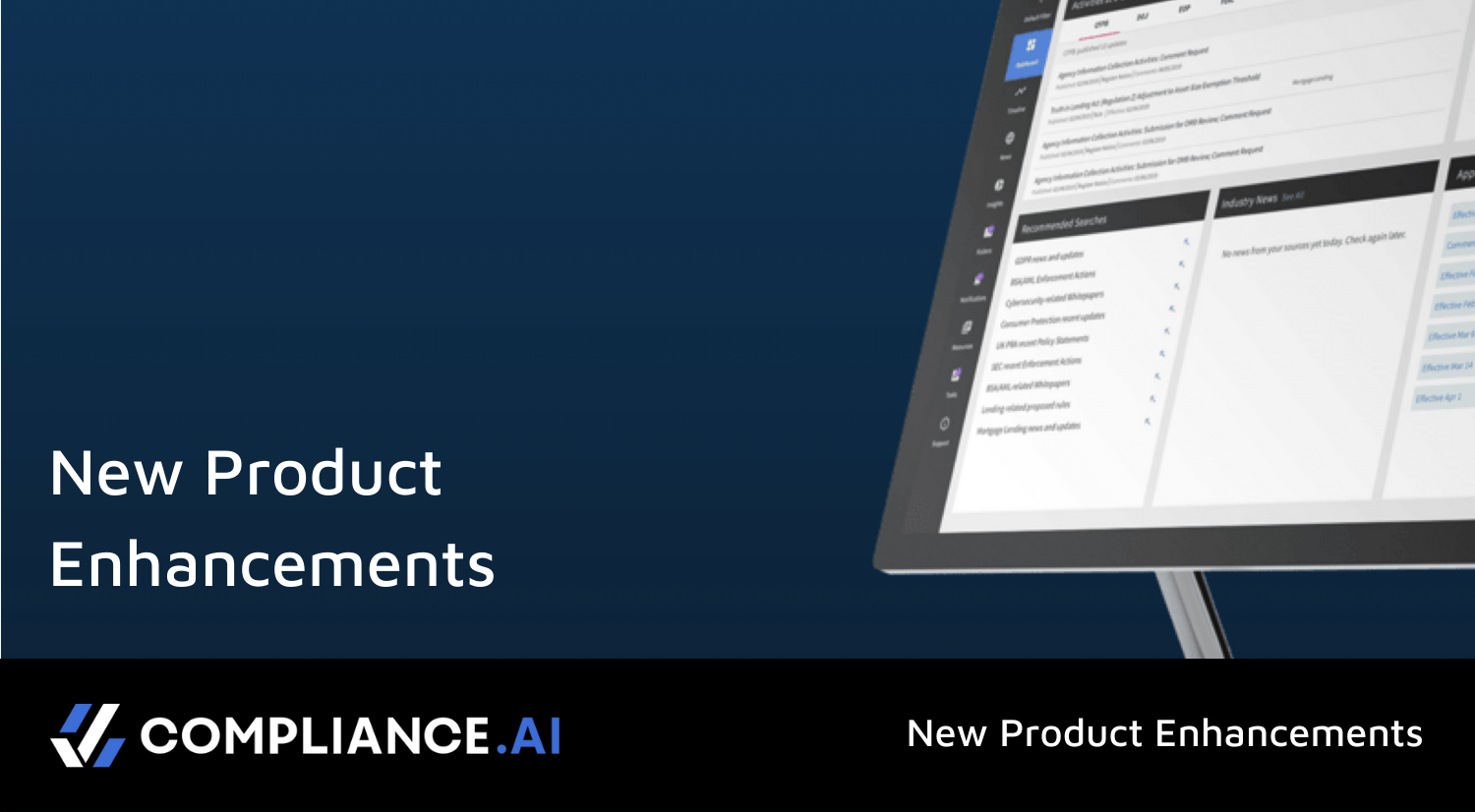
Data automation is all the rage in corporate information technology circles. That goes double for compliance and regulatory practices, which offer a unique set of challenges for company policy makers on the hunt for software tools that advance their compliance efforts.
Unfortunately, those efforts are proceeding at a glacial pace, given the traditional challenges facing companies dealing with compliance issues and the corresponding economic decline due to the COVID-19 crisis.
According to the 10th annual Sarbanes-Oxley (SOX) Compliance Survey compiled by Protiviti, a worldwide business consulting firm, 47% of corporate compliance teams are behind the curve of next generation technologies that make the regulatory compliance process faster and more efficient.
Additionally, 46% of compliance officers say they recognize the need for better data management practices when conducting compliance processes, with more and more companies discussing the topic of better data collection efforts.
But with the rise of COVID-19, companies have taken their eye off the ball in improving tech-driven regulatory compliance efforts and need to catch up – quickly.
Automating the Compliance Process
The fact is, good data automation solutions are easier to obtain and deploy than company decision makers may think.
In particular, these compliance automation fixes can make life much easier for companies struggling with compliance and regulatory issues.
Organizing content. Data automation is a big help in aggregating, filtering and disseminating compliance-related content.
By leveraging compliance automation tools, companies take a proactive approach to regulatory changes, like the California Consumer Privacy Act (CCPA), which went into effect on January 1, 2020.
In order to fully understand what’s coming at them in advance, companies can use data tools to collect multiple forms of content platforms (think regulatory documents, white papers, news subscriptions, and compliance newsletters and website content, among other sources.) Once accumulated, that content is automatically pulled into one convenient and efficient automated storage platform, which compliance officers can use to make informed regulatory policy decisions.
Making compliance information easier to review. Data automation tools also use metadata and classification features to filter compliance content, thus saving compliance staffers hours, if not days, of regulatory review.
Now, compliance automation software makes it easy for compliance teams by categorizing various regulatory topics and making them available at the click of a button.
For example, a compliance team member can easily filter through loads of data related to consumer lending via category topics.
Once the team member filters through consumer lending content based on topics, agencies, jurisdictions, and search terms, he or she can easily create a curated stream of near real-time updates, news, and other critical content, with automated email alerts giving the team member the compliance content he or she needs, when it’s needed.
Extracting critical information. Compliance teams have traditionally struggled to extract the exact information needed from new regulatory documents (such as publication dates, comments close dates, effective dates and obligations) and enforcement actions (such as violations, penalties, respondents). Without automation, a financial institution may need many weeks, using multiple regulatory staffers, to sift through and find the information they need from a 1,000 page regulatory guidance document.
By automating your company’s compliance content process, it takes only one staffer to open a compliance document and immediately determine the company’s short-and long-term regulatory obligations – including high priority enforcement actions that require immediate attention.
Workflow process automation and reporting. Once a company establishes an automated regulatory review process, with no involvement from its IT department, the company can use compliance software to automatically assign team members specific tasks for each regulatory change task, such as risk assessment, action planning, reporting — before, during and after the regulatory change management process.
Once those team profiles are established, the automated compliance software system automatically notifies each member of upcoming deadlines and maintains a calendar of tasks.
Additionally, automated reporting and auditing capabilities offer compliance teams the ability to more efficiently handle resource planning and reporting issues (like high priority compliance audits) and provide updates on what tasks were completed (and what tasks were not) in addressing each compliance-related directive.
The Takeaway on Automated Compliance Tools
Software firms that specialize in compliance automation usually offer a free trial period where companies can kick some tires and test compliance software platforms to ensure their regulatory process needs are met.
Companies falling behind the curve on compliance and regulatory issues, as the SOX survey suggests, would do well to leverage compliance automation tools to catch up – and get ahead of regulatory demands, once and for all.
Schedule Demo
Tags: compliance, RegTech, Risk, risk management





